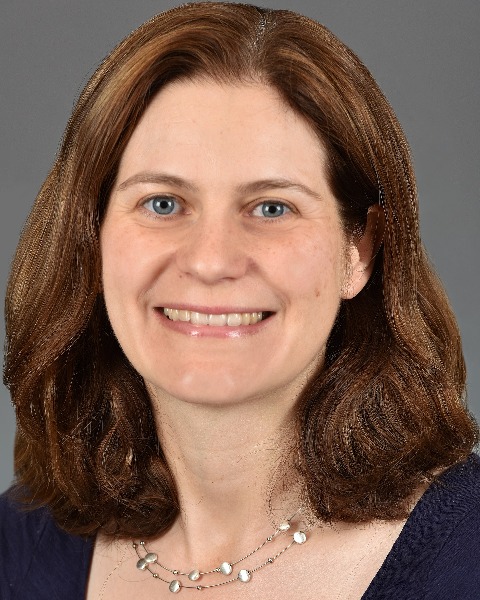Telemedicine/EHR/Medical Informatics
Telemedicine/EHR/Medical Informatics 2
630 - Feasibility, Acceptability, and Utilization of an Electronic Consultation System
Publication Number: 630.455

Corinna J. Rea, MD, MPH (she/her/hers)
Assistant Professor
Boston Children's Hospital
Boston, Massachusetts, United States
Presenting Author(s)
Background:
Access to subspecialty care is limited, resulting in long wait times and delayed care. Structured, asynchronous subspecialist advice to primary care providers (PCPs), also known as “eConsult” systems, are one potential solution to enable patients to access subspecialty recommendations more quickly and to enhance evaluation and treatment options within the medical home. If a subspecialist visit is needed, the subspecialist will also have access to more detailed referral information and recommended pre-visit testing.
Objective:
We examined the feasibility, acceptability, and utilization of an eConsult system implemented at two pediatric primary care sites closely affiliated with a large tertiary care center.
Design/Methods:
After an initial pilot phase, the eConsult system was fully implemented in June 2021. The subspecialty departments included Dermatology, Neurology, Gastroenterology, Allergy/Immunology, Endocrinology, and Infectious Disease. Subspecialists could access patient charts, including photographs. Documents from referring physicians could be attached to the eConsult if needed. EConsult volume, response times, questions, and outcomes were tracked.
Results:
532 eConsults were initiated from 6/8/21-11/27/22. Subspecialists responded to 81% of requests within three business days and 33% the same day. Sixty percent of concerns raised in eConsults could be managed locally, and 40% were referred for additional specialty care. The highest volume of eConsults was for Dermatology (49%), followed by Gastroenterology (16%) and Endocrinology (15%). The most common eConsult topics for all specialties were “lesions,” “allergy concerns,” “hypopigmentation,” “abnormal thyroid test/goiter,” and “short stature.” Referring providers reported that the eConsult response influenced their care plan 90% of the time. The mean PCP rating of the subspecialist reply was 4.98/5, and the mean subspecialist rating of the eConsult quality was 4.89/5.
Conclusion(s):
Implementing an eConsult system was feasible and provided timely access to subspecialty care. Additional primary care clinics and subspecialty departments will be added moving forward. Future work should focus on the impact of eConsults on patient satisfaction, clinical outcomes, and overall healthcare utilization.
